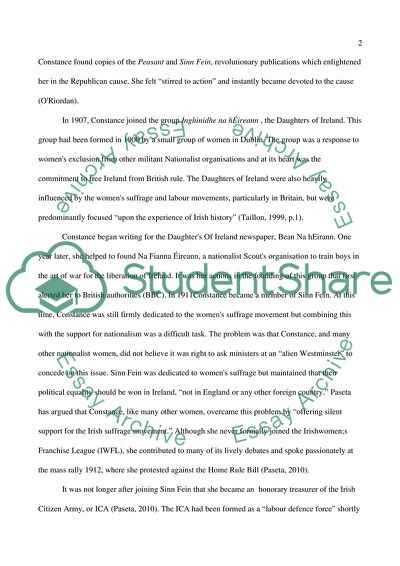Cite this document
(“The Life and Work of Countess Markievicz Research Paper”, n.d.)
The Life and Work of Countess Markievicz Research Paper. Retrieved from https://studentshare.org/biographies/1735238-countess-markievicz
The Life and Work of Countess Markievicz Research Paper. Retrieved from https://studentshare.org/biographies/1735238-countess-markievicz
(The Life and Work of Countess Markievicz Research Paper)
The Life and Work of Countess Markievicz Research Paper. https://studentshare.org/biographies/1735238-countess-markievicz.
The Life and Work of Countess Markievicz Research Paper. https://studentshare.org/biographies/1735238-countess-markievicz.
“The Life and Work of Countess Markievicz Research Paper”, n.d. https://studentshare.org/biographies/1735238-countess-markievicz.


